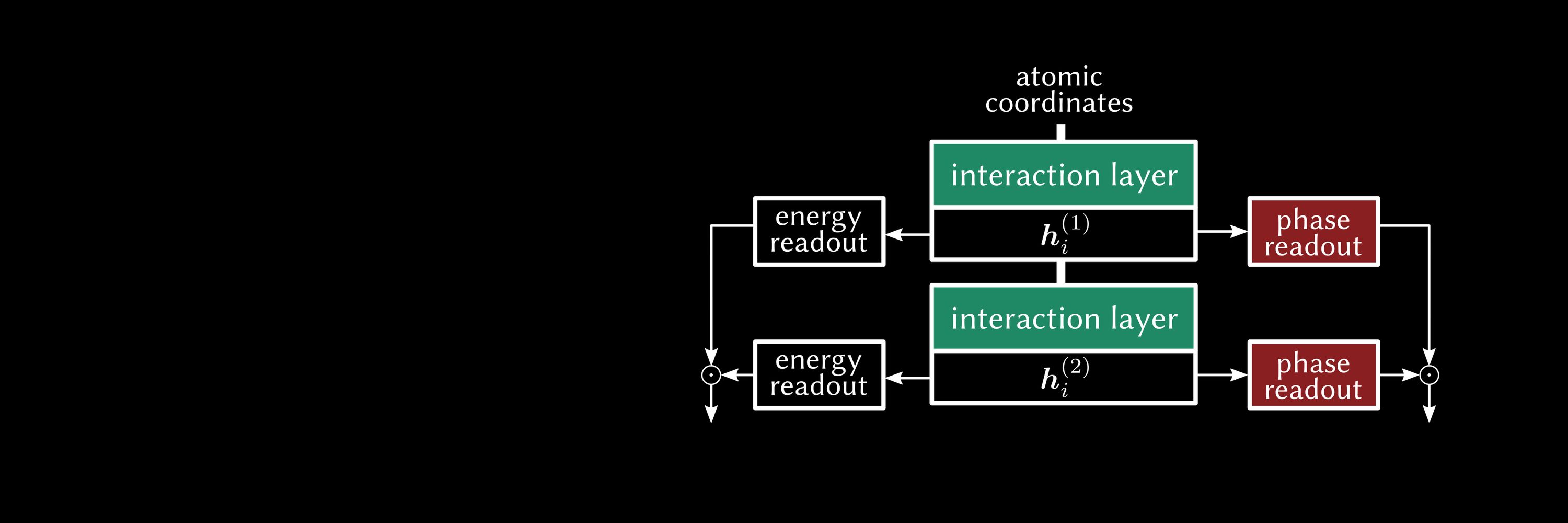
prev: PhD @ Ghent University 🇧🇪, AI researcher @ Orbital Materials 🇬🇧
now: postdoc @ Rotskoff group (Stanford University)
source?
source?
Do quantum monte carlo techniques have true potential or are we stuck with decades-old approximations invented by highly noncomputational scientists?
Do quantum monte carlo techniques have true potential or are we stuck with decades-old approximations invented by highly noncomputational scientists?

Actually, from that perspective, even a 1000x slowdown could be acceptable since it would be used less for super long MDs and more for building models above and beyond atomic-level MD...
Actually, from that perspective, even a 1000x slowdown could be acceptable since it would be used less for super long MDs and more for building models above and beyond atomic-level MD...
At the same time: beyond a “threshold” number of neighbors there is maybe so much screening that the required # neighs to include becomes a constant?
At the same time: beyond a “threshold” number of neighbors there is maybe so much screening that the required # neighs to include becomes a constant?
I was imagining OpenMM with a bunch of custom force expressions, PME, and anisotropic pressure control (often needed in solid state) at 1 ms / step — and maybe 100 ms / step for MACE for a similar system, approx..
I was imagining OpenMM with a bunch of custom force expressions, PME, and anisotropic pressure control (often needed in solid state) at 1 ms / step — and maybe 100 ms / step for MACE for a similar system, approx..
In matsci / catalysis, with proper enhanced sampling, the main worry is not so much the achievable time scales rather than the accuracy of the QM data…
In matsci / catalysis, with proper enhanced sampling, the main worry is not so much the achievable time scales rather than the accuracy of the QM data…


